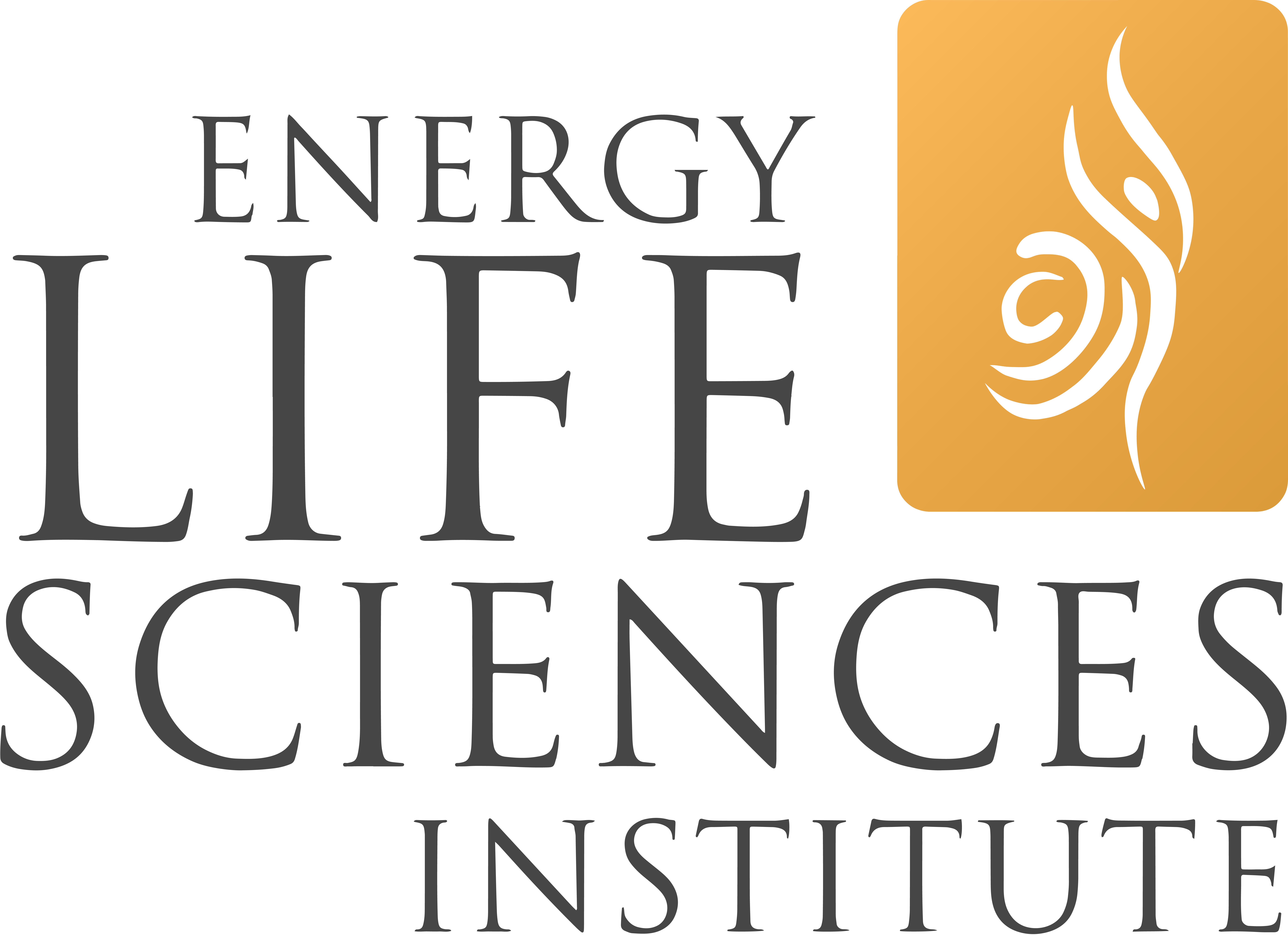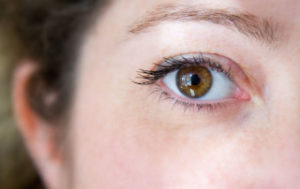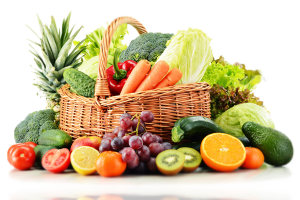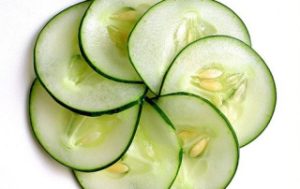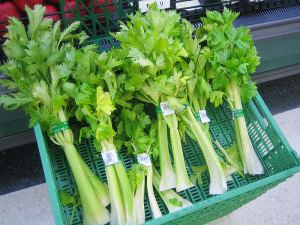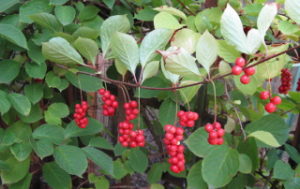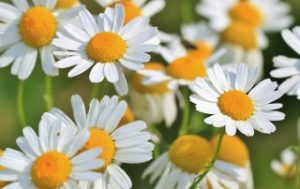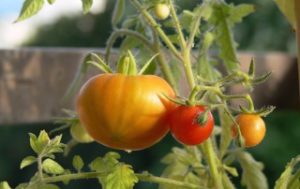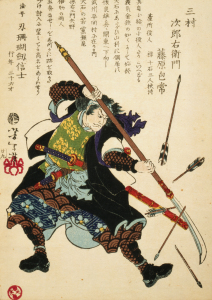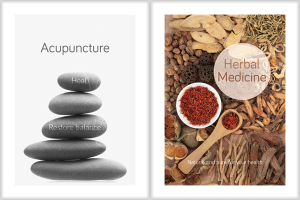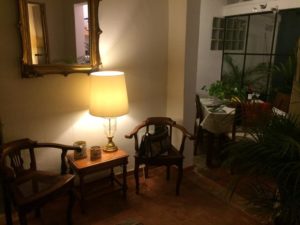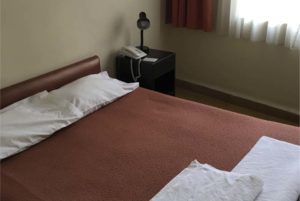
Feelings. The senses. Our emotions. Being aware of your feelings can have a directly positive influence on your health and well-being. I’ll share a couple of exercises with you here, visual and physical, to help you hone that influential connection between feelings and health.
For more detailed information about this and other topics, consider subscribing to our Nutrition + Health video library, which gives you access to all of the videos of classes I’ve presented on nutrition and health.
For now, let’s look at connecting to your feelings. Here is a very effective visualization exercise for you to try. To prepare, begin by writing any physical symptoms that cause you discomfort. Also write down a few things that symbolize your ideal of wellbeing (for example, clear thinking).
Now, look at the first item on your symptoms list. With that in mind:
- Connect to the symptom. Close your eyes, breathe easily and allow any feelings, emotions and/or images related to this symptom and this part of your body to rise up, without judgment.
- Connect with the feeling or image. Clearly identify what’s coming up for you. What are you feeling? (For example, “My knee gives me pain when I walk; it makes me feel unworthy, and incapable of moving forward.”)
Stay with the feeling. Resist avoiding it and instead just be there with it, allowing it to exist for what it is. Be open to what it has to teach you. Then open your eyes slowly and write down the feelings that came up for you. - Track the feeling to its origin. Close your eyes again and return to the feeling or image. Once it’s clear in your mind, ask yourself: Where is this coming from? When have I felt this before? Does it relate to a past experience?
- Learn from the feeling. How is this feeling or image preventing you from enjoying optimal health? What past experience or belief is standing in the way of you feeling your best? What is the payoff for you holding onto this feeling? What can you learn from it? What will it take for you to resolve this feeling, or dissolve this image? What do you have to let go of in order to change?
- Take action. You have the power to decide to let go of this feeling.
Repeat these steps with something from your list that symbolizes wellbeing, shifting the focus in step 4 to what is preventing you from having the sense of wellbeing that the image or feeling gives you. What barriers are in the way? And what is the payoff to staying within those boundaries?
You may want to repeat this for other symptoms of disease and symbols of vitality on different days, focusing in on one pairing at a time.
This also relates to a physical exercise I want to share with you. The exercise is part of the body of our work. The following video takes you through this simple exercise, called “recapitulation”. This word in our work means to look back to the past to the root experiences of behaviors and beliefs that are blocking you in the present. Recapitulate, as defined in Merriam-Webster and how we use here, means: “To give new form or expression to.”
